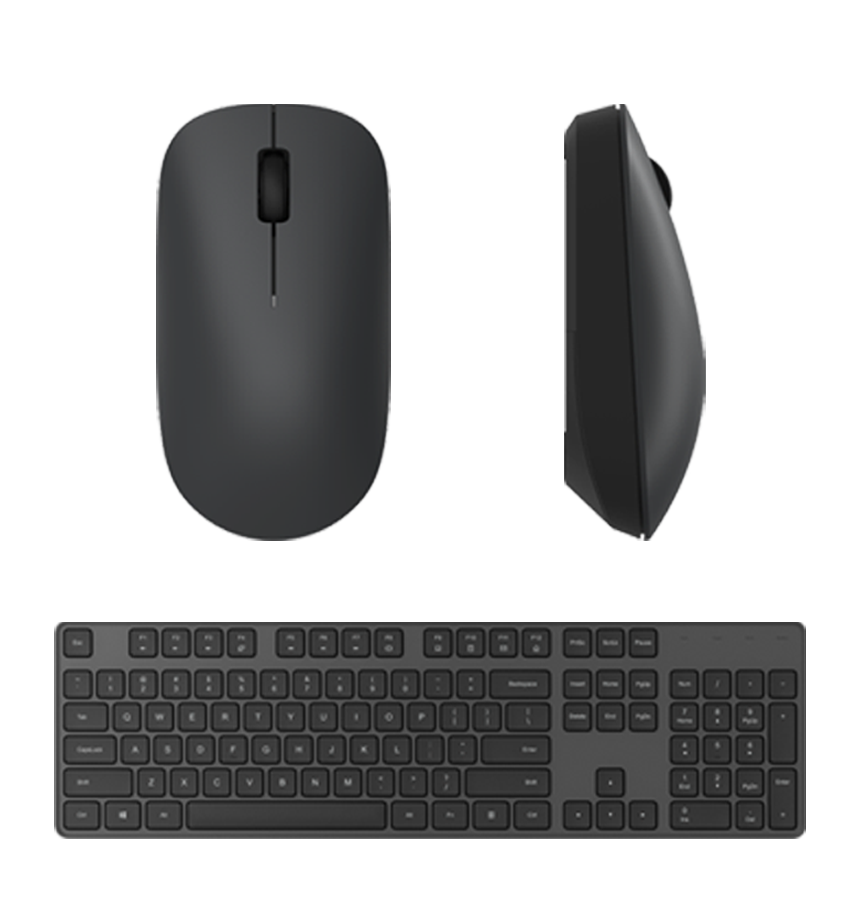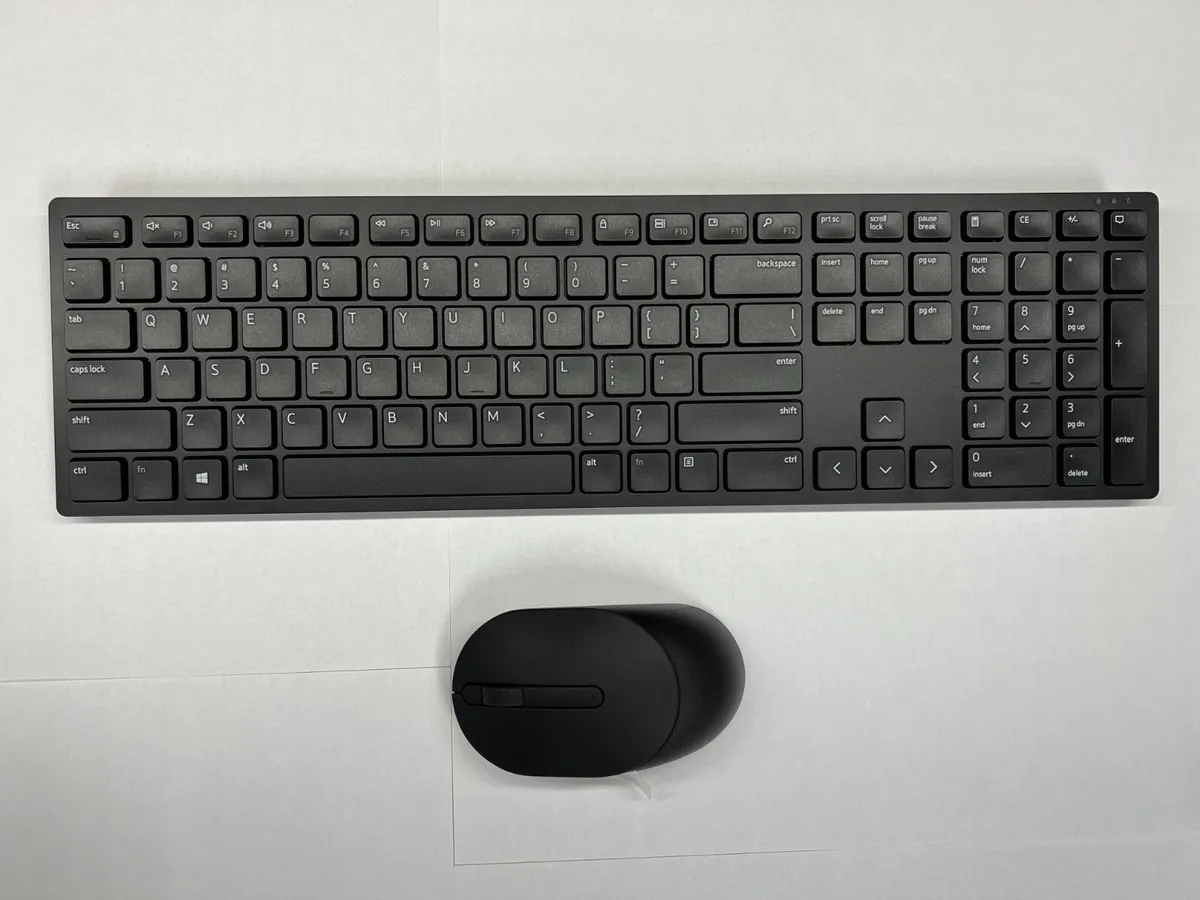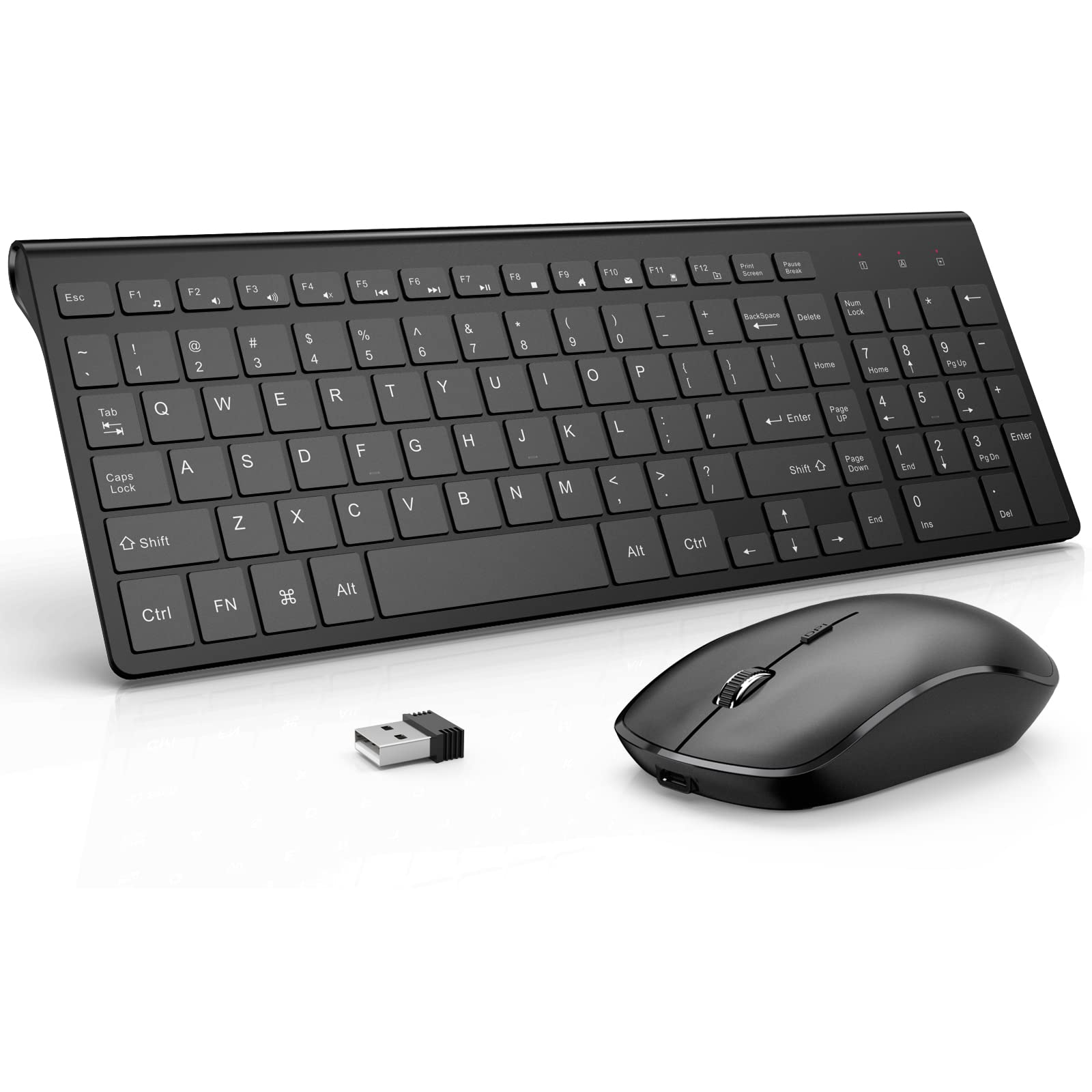Introduction
Wireless technology has revolutionized the way we interact with our digital devices, offering unprecedented freedom from cables and clutter. Among these innovations, wireless keyboard and mouse setups have become a staple in modern workspaces and homes alike. This article delves into the evolution, benefits, and considerations surrounding these essential peripherals, providing insights to help you make informed decisions when choosing or upgrading your own wireless setup.
A Brief History of Wireless Keyboard and Mouse Technology
Early Wireless Innovations
The concept of wireless input devices dates back to the late 20th century, when infrared (IR) technology was first employed to transmit signals between keyboards and mice. These early models relied on line-of-sight communication, limiting their practicality due to range restrictions and susceptibility to interference from physical barriers or ambient light. Despite these limitations, they marked the beginning of the shift away from wired connections.
Bluetooth and Radio Frequency (RF) Technology
The advent of Bluetooth in the late 1990s and early 2000s marked a significant leap forward in wireless connectivity. This short-range wireless technology eliminated the need for line-of-sight transmission, allowing for greater flexibility in device placement. Concurrently, radio frequency (RF) solutions emerged as an alternative to Bluetooth, using dedicated USB receivers to establish stable, long-range connections with minimal latency.
Modern Advances and Integration
Today, wireless keyboard and mouse setups have evolved to incorporate advanced features such as multi-device pairing, low-energy consumption, and customizable buttons. They often support both Bluetooth and RF connectivity, giving users the flexibility to choose the most suitable option for their environment. Furthermore, the integration of wireless charging and ergonomic designs has further enhanced user comfort and convenience.
Benefits of Using Wireless Keyboard and Mouse
Increased Flexibility and Ergonomics
One of the primary advantages of wireless keyboard and mouse is the ability to arrange your workspace without the constraints of cables. This freedom allows for more comfortable, ergonomically sound positioning of devices, which can help reduce the risk of repetitive strain injuries and improve overall posture. Additionally, wireless peripherals enable seamless transitions between multiple workstations or presentation settings, enhancing adaptability in dynamic environments.
Clutter-Free Workspace
Wireless devices significantly contribute to a cleaner, more organized workspace by eliminating cable clutter. Not only does this visually enhance the aesthetics of your desk, but it also reduces the risk of tripping over cords and minimizes potential damage to equipment caused by tangled or strained wires. For those who value minimalism and tidiness, wireless keyboard and mouse setups are a natural choice.
Enhanced Mobility and Portability
For users who frequently work on-the-go or require flexibility in their computing setup, wireless peripherals offer unparalleled convenience. Compact, travel-friendly designs, combined with reliable battery life, make it easy to pack and use a wireless keyboard and mouse at coffee shops, conferences, or remote locations. This mobility is particularly valuable for professionals in fields like content creation, programming, and design, where a full-sized keyboard and precise mouse control are essential.
Choosing the Right Wireless Keyboard and Mouse for Your Needs
Connectivity Options
When selecting a wireless keyboard and mouse combo, consider the connectivity options available. Bluetooth devices are generally compatible with a wide range of devices, including laptops, tablets, and smartphones, making them ideal for multi-platform users. RF-based systems, on the other hand, typically offer lower latency and longer range, making them better suited for gaming and professional applications that demand precision and responsiveness.
Battery Life and Charging Methods
Battery life is another crucial factor to weigh when choosing wireless peripherals. Look for devices with long-lasting batteries (ideally lasting several months on a single charge) and convenient charging methods, such as built-in rechargeable batteries or replaceable AA/AAA batteries. Some high-end models even feature wireless charging capabilities, allowing you to simply place your keyboard or mouse on a charging pad for effortless power replenishment.
Comfort, Ergonomics, and Customization
Your personal comfort and productivity should be top priorities when selecting a wireless keyboard and mouse. Pay attention to factors like key travel, mouse grip style, and overall weight and size, ensuring they align with your preferences and needs. Additionally, many modern wireless devices offer customizable buttons, macro programming, and adjustable DPI settings, enabling you to tailor the peripherals to your specific workflows and tasks.
Maintaining and Troubleshooting Your Wireless Keyboard and Mouse
Wireless keyboards and mice offer convenience and clutter-free desktops, but like any electronic device, they may occasionally experience issues or require maintenance to ensure optimal performance. Here’s a comprehensive guide on maintaining and troubleshooting your wireless keyboard and mouse:
-
Battery management
- Replace batteries: Keep an eye on the battery indicator light (if available) or check the device’s software settings for low battery warnings. Replace batteries promptly when they’re running low to avoid sudden disconnects or performance issues.
- Use quality batteries: Use alkaline or rechargeable batteries with high capacity and good discharge rates for longer life and better performance.
- Remove batteries during long-term storage: If you won’t be using your wireless devices for an extended period, remove the batteries to prevent leakage and damage.
-
Regular cleaning
- Turn off and unplug: Before cleaning, turn off and unplug your wireless receiver (if applicable).
- Use compressed air: Gently blow away dust and debris from the keyboard keys and mouse surface using compressed air.
- Clean surfaces: Use a slightly damp, lint-free cloth to wipe down the exterior surfaces of the keyboard and mouse, avoiding any openings or electrical components.
- Sanitize keys: For keyboard keys, you can use a disinfectant wipe or a mixture of mild soap and water applied to a cloth, being careful not to let liquid seep into the device.

-
Software and firmware updates
- Check for driver updates: Visit the manufacturer’s website to download and install the latest drivers and firmware for your wireless keyboard and mouse. This can fix compatibility issues, improve performance, and add new features.
- Update system software: Ensure your operating system is up to date, as it may include improvements for wireless device connectivity and performance.
Conclusion
Wireless keyboard and mouse setups have come a long way since their inception, offering unparalleled flexibility, ergonomics, and convenience in today’s digital landscape. By understanding the evolution of wireless technology, considering your unique needs and preferences, and following proper maintenance practices, you can harness the full potential of these innovative peripherals to enhance your productivity and comfort in any workspace.




